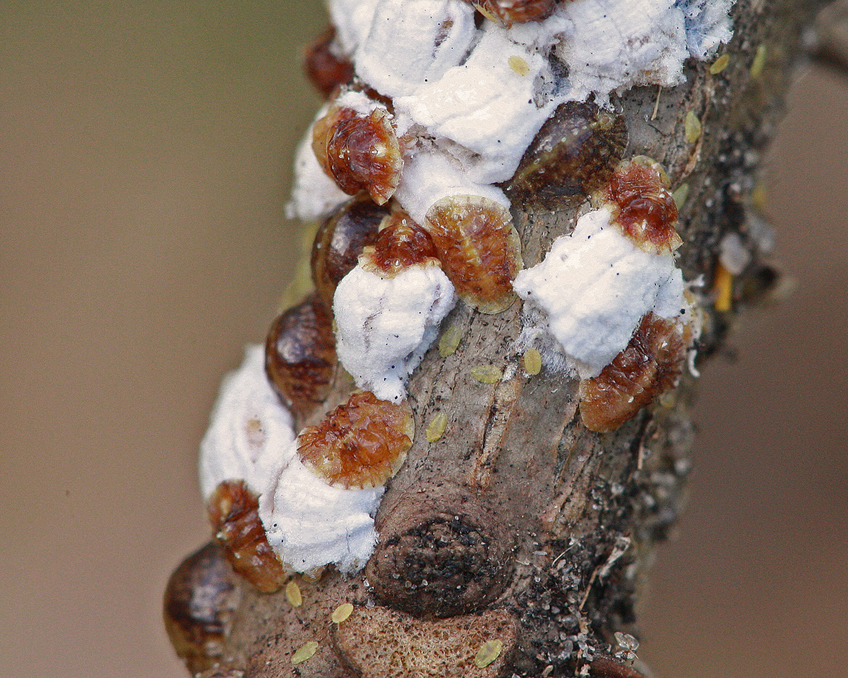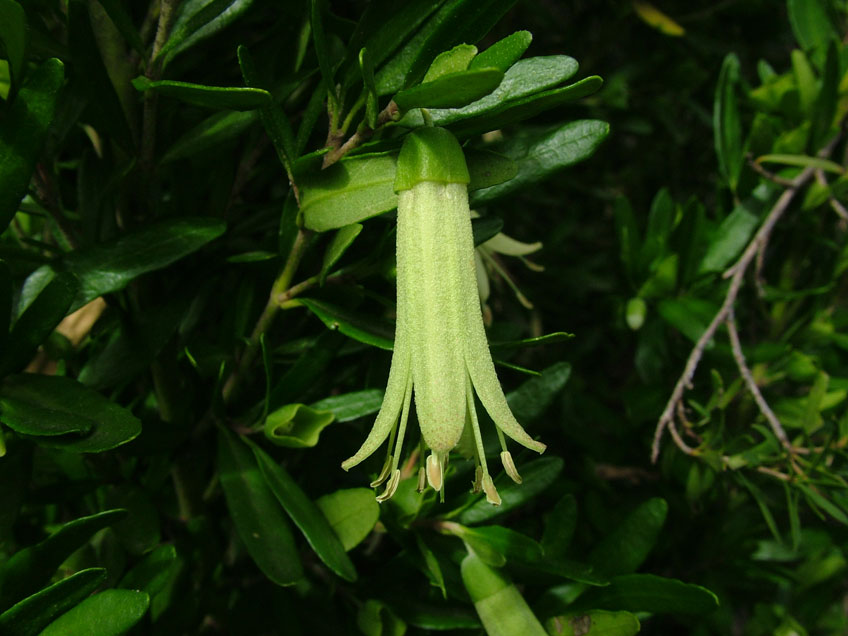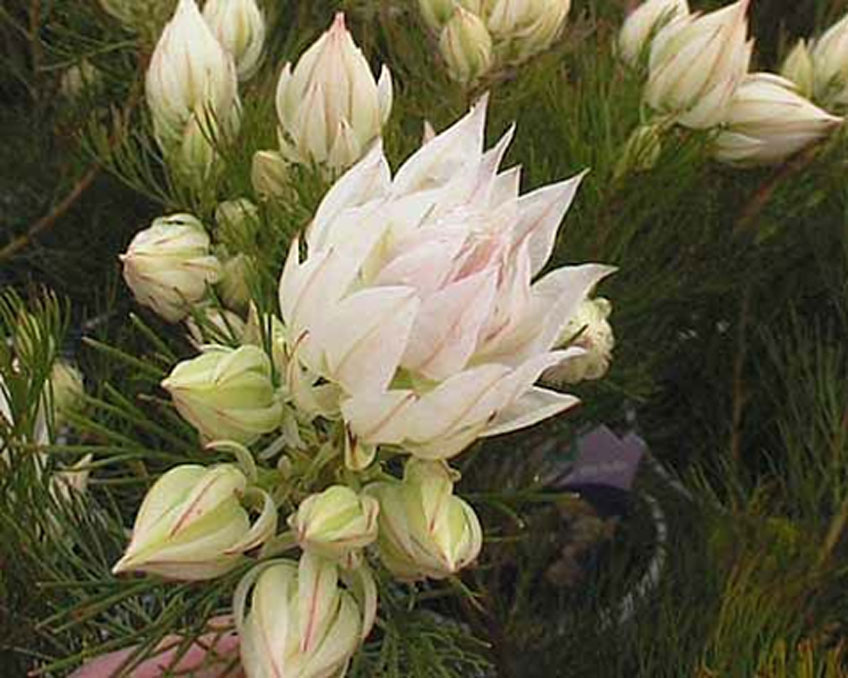The early winter garden is looking beautiful and we have fine weather on the way.
Perfect gardening conditions here as Sandra Ross presents the Garden Clinic whilst Graham is in Europe.
This week we celebrate the super-star of winter, the Camellia. If you would like to join or renew your membership to the Garden Clinic this week you recieve
the 2017 Camellia Carton, with two Camellia japonica and enough goodies from Neutrog to plant them in and give them the best start possible.
Join today and welcome these stars of winter into your garden.

Stars of winter, Camellias (the Ross girls are pretty good too). Photo - Hannah MacCowatt
It's time to
Prune
Trim the flowered steams of hydrangea back to a pair of plump healthy buds. Leave any canes that didn’t flower this year as these will bloom in summer.
Make hardwood cuttings from the off-cuts.
Remove weeds, such as chick weed or petty spurge, which can shelter pests and diseases over winter. Vigilance now will pay off in reduced problems in spring.
In the subtropical garden
Admire Chinese fringe flower, Loropetalum chinense. This is a tough shrub for tricky locations and one of the few plants that will thrive in almost
all parts of Australia, from humid equatorial climates right down to the cool temperate climates of the south. A wide range of cultivars is now available
with flowers in white, pink, puce and red and leaves of green, bronze and jet black. Plants make great low or tall hedges; ‘box balls’; can be trained
up as weeping small trees; or espaliered on a wall.

Loropetalum chinense. Photo - Arno King
Bugwatch
Scale insects
The scale insects comprise a large group of pest species.
Hard (armoured) scale insects
Soft scale insects
Wax scale insects
Many scale insects have effective natural enemies, some of which are commercially available. Avoiding toxic pesticides and creating the right environment
for beneficial insect to thrive are important to good scale management. Oil sprays can be an effective tool as a soft option for helping reduce scale
insect populations.
Cryptolaemus are Australian native ladybird beetles. They are very efficient natural enemies of mealybugs and several closely related pests. Cryptolaemus
have been exported to many other countries and are recognised as powerful predators of mealybugs worldwide.

Citrus Snow Scale. Photo - Mary Keim
The adult beetle is about 4mm long with an orange head and black wing covers. The larvae grow to 13mm long and are covered in waxy filaments. The larvae
look very much like mealybugs and are often confused with them. Adult female beetles lay up to ten eggs per day directly into mealybug egg masses.
They can lay up to 500 eggs in total. Adult beetles and young larvae feed on mealybug eggs and young stages. Large cryptolaemus larvae can also consume
adult mealybugs. The life cycle takes from 4 to 7 weeks depending on temperature.
In addition to mealybugs, cryptolaemus will also feed readily on many species of soft scales including black scale, pulvinaria scale and cottony cushion
scale.
Bugs for Bugs
Phone: +61 7 4165 4663
Email: info@bugsforbugs.com.au
Address: 1 Bowen Street Mundubbera QLD 4626
Bush Garden
Star of the Season: Correa
Plant compact Correa varieties such as ‘Canberra Bells’ and put it in a pot near an outdoor living area where you will be able to enjoy the nectar feeding
birds it attracts.

C. glabra “coliban River’ produces these wonderful green bells for most of the year
Watch out for rust
Be on the alert for myrtle rust, which shows up as bright yellow powdery spores on the undersides of the foliage of members of the gum tree family such
as eucalypts, lemon myrtle, willow myrtle (Agonis species) and Geraldton wax to name a few. Destroy any affected foliage to stop the spread.
Potted garden
Serruria florida 'Blushing Bride'
Serruria florida 'Blushing Bride', native to South Africa is thought to have received its name because of the traditional custom of young men
wearing the flowers in buttonholes when courting and the use of the magnificent blooms in traditional bridal bouquets. 'Blushing Bride' has delicate
white, papery flowers and the variety 'Pretty n pink' the same with a touch of soft pink stripes. Serruria shrubs look perfect in pots and their cut
flowers are exceptionally long lasting in a vase. Use a native potting mixture, elevate the pot onto bricks or pot feet and position in full sun. Trim
and fertilise with Bushtucker in spring after flowering.

Serruria florida 'Blushing Bride'